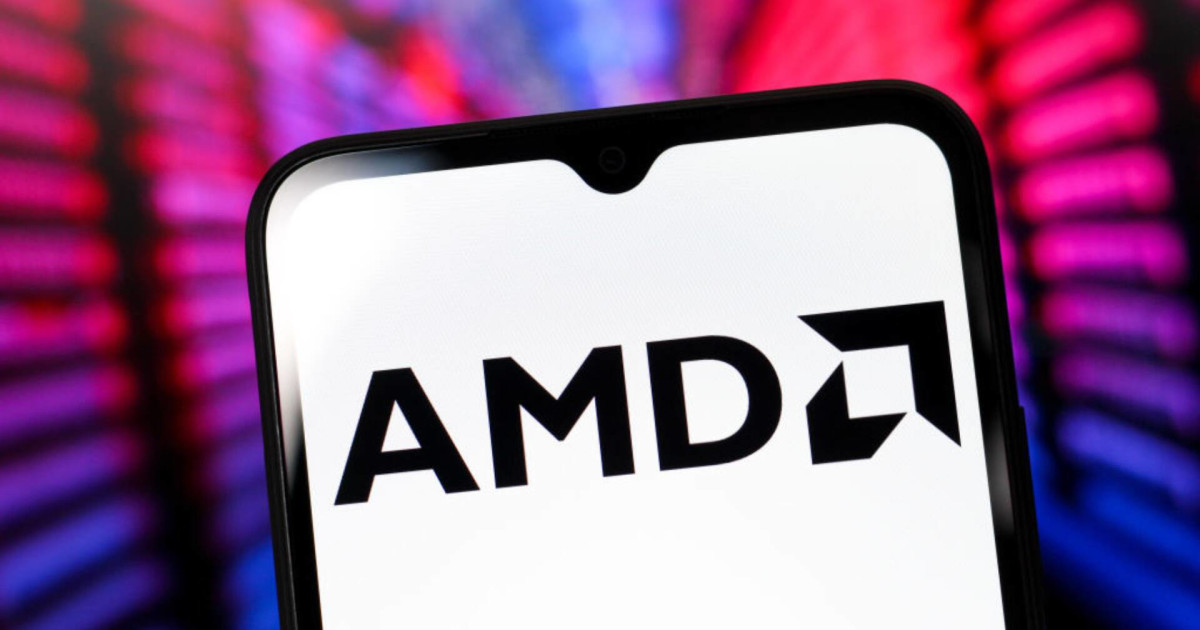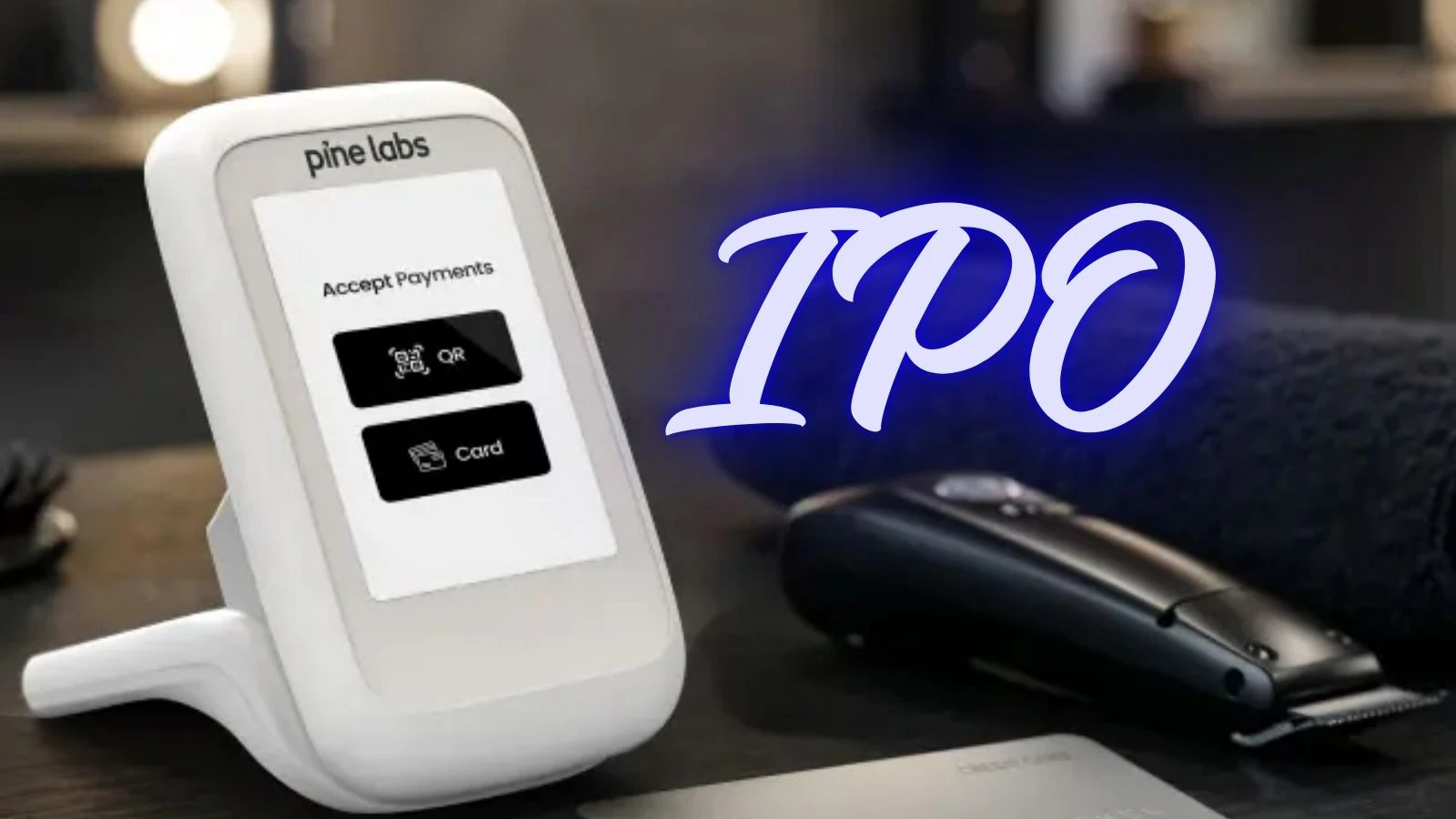Copyright The Street

AMD reported its Q3 earnings on November 4. During the earnings call, AMD CEO Lisa Su said: “Development of both our MI400 series GPUs and ‘Helios’ rack is progressing rapidly, supported by deep technical engagements across a growing set of hyperscalers, AI companies, and OEM and ODM partners to enable large-scale deployments next year.” Su commented further on the development of Helios racks and the sale of ZT Systems. Here are the AMD Q3 earnings highlights: Revenue increase of 36% to $9.25 billion year over year Gross margin of 52%, up 2 ppts YoY Net income increased 61% to $1.24 billion YoY Diluted earnings per share (EPS) increase of 60% to $0.75 YoY The company provided an outlook for Q4 2025: AMD projects revenue of approximately $9.6 billion, plus or minus $300 million. It expects non-GAAP gross margin of approximately 54.5%. The outlook does not include any revenue from AMD Instinct MI308 shipments to China. AMD will host its 2025 Financial Analyst Day on November 11, 2025, in New York City. The event will feature presentations from AMD’s executive leadership team, showcasing the company’s strategy, product and technology roadmaps, and long-term financial plan. Ahead of the Financial Analyst Day, Bank of America analyst Vivek Arya and his team shared their opinion on AMD stock and what to expect from the event. Bank of America estimates AMD EPS power in the range of $15 to $18 by 2030 Analysts expect AMD (AMD) to provide updates across its key business segments, as well as a new long-term AI total addressable market outlook and financial targets for 2029-2030. The team anticipates AMD will announce: New AI accelerator with total addressable market in the range of $750 billion to 850 billion Overall sales growth target of 25-30% compound annual growth rate Gross margin in the range of 53% to 55% Lower operating expenses as the GPU business gains scale In a research note shared with TheStreet, Arya wrote: “All in, we see potential $15-18 EPS power by [calendar year 2030], assuming a full 6GW AI deployment by OpenAI and related dilution.” He reiterated a buy rating and the target price of $300, based on 32 multiple his estimate for non-GAAP EPS for 2027, which is toward the middle of AMD’s historical range of 14 to 55. Analysts noted downside risks for AMD: Execution on first rack-scale product (MI400 Series) Timing/magnitude of Middle East AI Projects, Lumpy nature of consumer and enterprise spending that could create delays in acceptance and success of new products High reliance on one outsourced manufacturing partner Maturity of current game console cycle. Upside risk: Greater share gain potential in the PC and server processor market against competitors. AMD’s recent activity The U.S. Department of Energy has entered into a $1 billion partnership with AMD to construct two supercomputers. The supercomputers’ primary purpose is to solve large-scale scientific problems, ranging from nuclear power to cancer treatments to national security. Lux, the first supercomputer in this project, is co-developed by AMD, Hewlett Packard Enterprise (HPE), Oracle Cloud Infrastructure, and Oak Ridge National Laboratory (ORNL) and is expected to be built and to come online within the next six months. It will be based on AMD’s MI355X artificial intelligence chips, as well as CPUs and networking chips also made by AMD. ORNL, HPE, and AMD will build the second, more advanced computer, called Discovery, based on AMD’s MI430 series of AI chips. Discovery is expected to be ready for use in 2029. The company showcased its “Helios” rack-scale design, based on the new Open Rack Wide specification, introduced by Meta, at the Open Compute Project (OCP) Global Summit in San Jose. Helios allows OEMs, ODMs, and hyperscalers to extend and customize open AI systems, with reduced deployment time, improved interoperability, and better scaling for AI and HPC workloads. AMD entered into a partnership with OpenAI for 6 GW of power for OpenAI’s AI infrastructure across multiple generations of AMD Instinct GPUs. The first 1 GW deployment of AMD Instinct MI450 GPUs is set to begin in the second half of 2026. As part of the agreement, AMD has issued OpenAI a warrant for up to 160 million shares of AMD common stock, structured to vest in accordance with specific milestones being achieved. The first tranche vests with the initial 1 gigawatt deployment, with additional tranches vesting as purchases scale up to 6 gigawatts.



